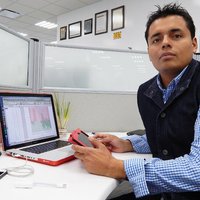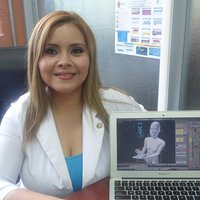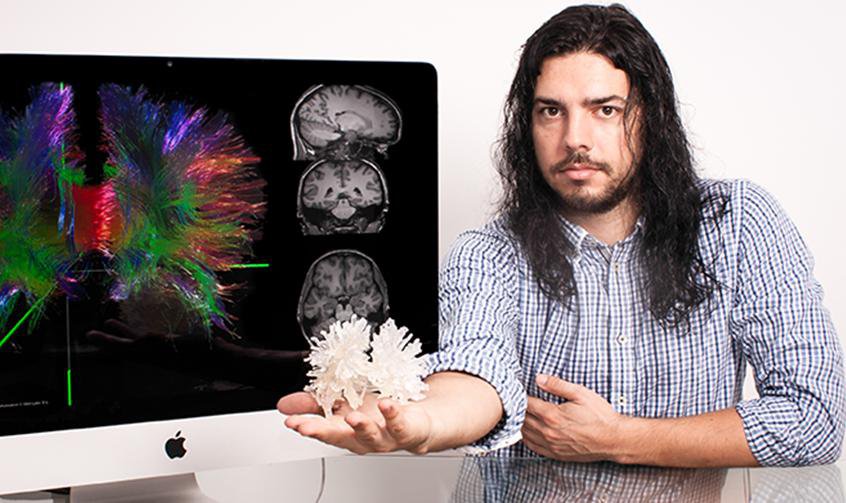"Alzheimer's Disease is perhaps the best known and feared of neurodegenerative diseases, however it is not the only one: pathologies such as ODC (Obsessive-Compulsive Disorder, causing the brain gets stuck on a particular thought that becomes an obsession), schizofrenia (which makes it difficult to distinguish between real and unreal and manage emotions) or epilepsy (a disorder characterised by repeated unprovoked convulsions), as well as depression, are all related with the degeneration of brain cells. As a sign of an aging world, the statistics of occurrence of these diseases are all increasing.
To diagnose and treat them (or at least, limit their effects), the key is being able to look deeply into the brain, and understand, step after step, what are the signs of an ongoing degeneration phenomenon. Paulo Rodrigues, a young researcher in Software Engineering and since 2013 Director of a start-up called Mint Labs, set out to address the needs of neurologists by providing them tools to help them ''visualise'' and understand what goes on in the brain.
Rodrigues called his software CloudN, as it strongly utilises a Cloud approach where all data and images are safely stored and can be accessed through internet. Neurologists can upload their MRI (Magnetic Resonance Images) and receive a 3D representation of the 2D images, which can then be manipulated in real-time: for instance, they can turn it, get different points of view, analyse specific areas of the brain. What is most interesting is that this is not limited for pc use in an office, but it can come into the operating room with the neuroscientist, as it can be controlled without touching the screen through the Leap Motion functionality.
As doctors and scientists upload and process their MRI images, whether Diffusion MRI (dMRI, mapping microscopic details about tissue architecture, either normal or in a diseased state) or Functional MRI (fMRI, measuring brain activity by detecting associated changes in blood), they can have a single view of the entire problem under their analysis, and virtually dissect it as they would in a much more delicate surgical intervention. By uploading their specific cases, they also contribute to creating one large database, exactly in the same way as traffic monitoring applications are based on the data sent by all those interested in traffic information. And with more images from patients with different forms of diseases, at different levels, more cross-correlation is possible: for instance, the ''brain maps'' of patients with similar symptoms, but at different stages of the degenerative process, can be compared, like the tool being developed by Rodrigues with the MIT Brain Sciences Foundation for the early diagnosis of Parkinson's disease. As the database and the research around the data grow in size and detail, Rodrigues plans to improve its automatic diagnostic capabilities, based on experience from other cases.
Rodrigues's 3D images do not reveal why the neurodegeneration has occurred, at least so far. But they can help making life longer and less uncertain to the millions of people affected by it."




